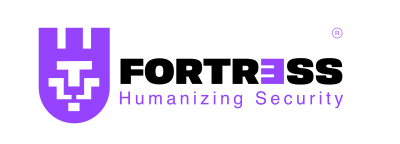We provide metrics, visualizations, and alerts to ensure your IT team can maintain and optimize your environment.
Our core is the 24/7 monitoring of all your systems. We send alerts of the problem and the solution so they can execute it.
Tailored Services
- ISO 27001 Compliance
- IT Risk Analysis Methodology
- Implementation of BIA and DRP
- Design of Protection and Cybersecurity Plan
- CobiT 4.1 training plans
- CobiT 4.1 Framework Compliance
- Development and Implementation of Policies, Standards and Procedures related to SOX
- Operational risk analysis by CRISC certified experts
We deliver
Collect, aggregate, index and analyze security data, helping detect intrusions, threats and behavioral anomalies.
As cyber threats are becoming more sophisticated, real-time monitoring and security analysis are needed for fast threat detection and remediation.
Monitor systems looking for malware, rootkits and suspicious anomalies. Detecting hidden files, processes or unregistered network listeners, as well as inconsistencies in system call responses.
Reading operating system and application logs, and securely forward them to a central manager for rule-based analysis and storage.
Making you aware of application or system errors, misconfigurations, attempted and/or successful malicious activities, policy violations and a variety of other security and operational issues.
Monitoring the file system, identifying changes in content, permissions, ownership, and attributes of files that you need to keep an eye on. Identifying users and applications used to create or modify files.
Agents pull software inventory data and send this information to the server, where it is correlated with continuously updated databases, in order to identify well-known vulnerable software.
Helping find the weak spots in your critical assets and take corrective action before attackers exploit them to sabotage your business or steal confidential data.
Providing active responses to perform various countermeasures to address active threats, such as blocking access to a system from the threat source when certain criteria are met.
Remotely run commands or system queries, identifying indicators of compromise (IOCs) and helping perform incident response tasks.
Monitoring cloud infrastructure at an API level, such as Amazon AWS, Azure or Google Cloud. Providing rules to assess the configuration of your cloud environment, easily spotting weaknesses.
Providing security visibility into your Docker hosts and containers, monitoring their behavior and detecting threats, vulnerabilities and anomalies. Continuously collects and analyzes detailed runtime information.
